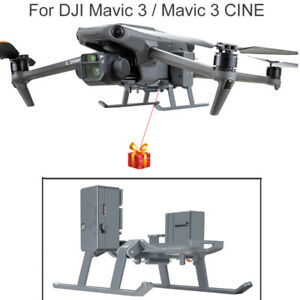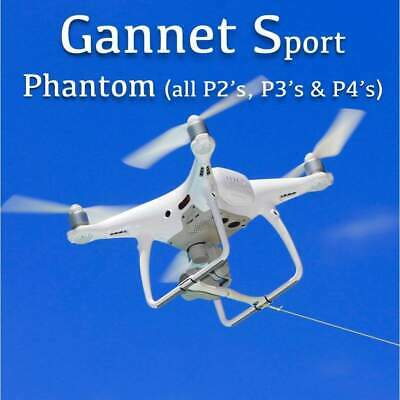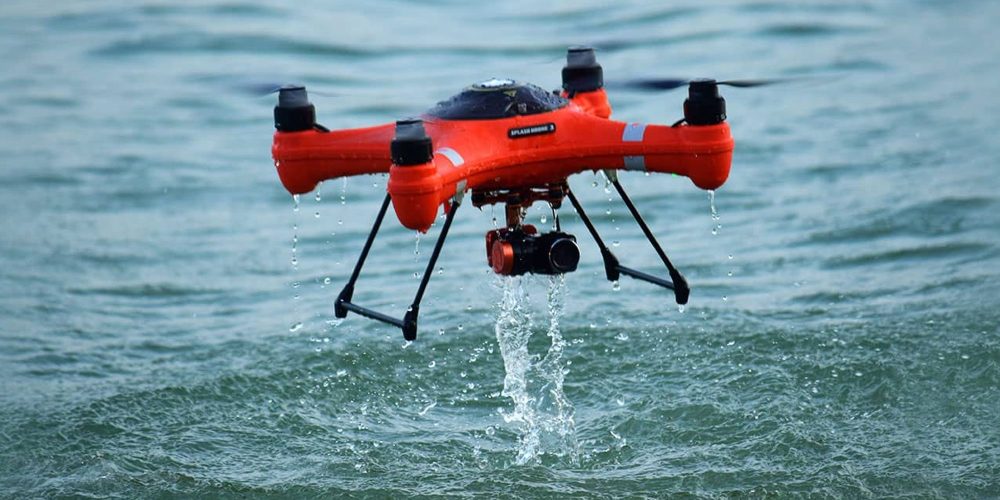
We will be looking at the basics and how to use a drone fishing rig. We'll also cover what you need to be aware of when choosing your drone and how it will perform over time. We'll then discuss ways to get the best out of your drone. For more tips and tricks, read on. You will soon have the drone that you dream of! Let's get !... started and maybe even catch some fish!
Basic drone fishing rig
To begin drone fishing, you'll need a good selection of hooks. The fishing line should be doubled and should be mono or braid. It should be tied with a Cat's Paw Loop, Uni knot or Uni knot. A sinker, weighing between two to eight ounces, and hooks to attach each section to the backbone will be required. You will also need to attach the end loop and snap swivel lead loops to your drone.
There are many methods to make a fishing helicopter. One basic method involves attaching a hook on the drone's landing gear and spinning the line until it releases. Other low-cost ways include using a dropper to keep the fishing line below the drone and a drop line. The dropper lets you keep the main line down below the drone and not get tangled with the propellers. A dock and battery pack can also be added to the fishing drones.
Once you've purchased the basic drone fishing rig, you'll need to purchase some additional equipment. You'll need a fishing line of approximately 700 meters and a bait-dropping tool. These are all optional extras, but will make your drone fishing experience more enjoyable. A drone will provide you with a clearer view and make it easier to spot fish.

Payload on drone fishing gear
It is important to understand the safety precautions you must take if you intend to catch fish from a drone. Strong winds and rain are not safe conditions for your drone to fly. Here are some steps:
First, ensure that your drone can carry a lot of weight. It will not be stable when loaded with braided line or heavy lures. You should also be aware that the wind can cause the drone's drift if you fish at the coast. You should also check the local laws and regulations as some might not allow drone fishing. A drone with good carrying capacity is essential if you plan to fish from it.
The next step is to determine which accessories you'll need to mount on your drone. A good rule of thumb is to use a rigging system that has a central attachment point to reduce weight distribution problems. The most suitable attachment points are the motor struts, landing gear, and legs of the drone. It is important to avoid attaching any payload to the camera and gimbal because these can damage them. One simple solution is to tie a length fishing line from one end to the other. You can secure it with tape to stop it from coming off.
Battery life of drone fishing equipment
Before you go fishing with the drone, check that the batteries are charged and all other equipment is working properly. This will help you keep the drone from running out of battery life and allowing you to focus on fishing instead of recharging. You can charge some drones with solar panels or car batteries. Be sure to have fully charged batteries before you begin. This will make sure your drone is ready when you arrive at your fishing spot.

Another important factor to consider is the drone's flight time. Some models have longer flight times than others, but a drone that can fly for twenty-two minutes can easily get the job done. This is great if you're looking to spend hours on the water with your drone. But you should be aware that a drone with limited endurance will be inoperable and will make it nearly impossible for you to catch fish.
After setting up your fishing rod, attach the fishing clip to the drone's legs or motor struts. Then, attach the bait to the fishing line. Be sure to lock the reel before you fly the drone and unlock it when you're ready to drop the bait. When you take the line out, tension builds and the drone drops the bait in the water. It is important to charge your battery before each use or the drone may stop working properly.
FAQ
What laws apply to flying drones?
The Federal Aviation Administration (FAA), in the United States, regulates all aspects related to drone operations. You must first obtain a FAA certification before you can operate a drone commercially. Then, you must complete a course in piloting skills and pass an exam. The final step is to pay the fee.
Is the FAA able to regulate drones?
The FAA oversees all aspects drone operations including safety standards and certification requirements.
Can I fly my drone indoors
Yes, your drone can be flown indoors. There are only a few things you need to do: Make sure your home is free of obstacles and hazards. For example, you should avoid flying near windows, doors, heating vents, air conditioning units, electrical outlets, water pipes, and fireplaces.
What type of batteries can a drone use to charge its batteries?
Drones are powered by lithium-ion battery. A typical drone consumes between 3 and 6.
Traveling with a Drone?
Drones are becoming more popular, both for personal and business purposes. Drones are used for filming, photography, aerial mapping, search and rescue, as well as other purposes. A number of new regulations have been approved by the FAA for drones. These include registration, licensing, pilot training and insurance. These changes will ensure that drones continue to be safe for all.
Which drone is best for beginners?
The DJI Phantom 2 Vision+ is a popular beginner drone. This model is equipped with a 4K cam, which allows for high-quality aerial photos as well as videos. This drone is easy to navigate thanks to its GPS system.
Statistics
- Research and Markets predict a growth rate of 51.1% over the next five years. (thedroneu.com)
- According to ZipRecruiter, the minimum hourly wage of drone pilots is $20. (thedroneu.com)
- According to industry research from ZipRecruiter , there are 10 cities where the typical salary for a Drone Pilot job is above the national average. (dronesgator.com)
External Links
How To
How to Fly Drones With Beginners
A drone is a remote-controlled aircraft used for aerial photography, cinematography, surveillance, scientific research, and hobby purposes. Drone technology has existed since World War II. However, commercial use began in 2010 when DJI released their Phantom series of quadcopters. Many types of drones have been made available since then, from beginner-friendly models such as the Parrot AR Drone 2.0, to high-end multi-rotor craft such as the DJI Mavic Pro.
There are many options for flying a drone.
-
Remote control - This method uses a control device attached to your hand, which enables you to steer the drone through its flight path. There are two types of controllers available: joysticks and on/off switches.
-
Manual Control - Using a smartphone app, this method allows users to remotely operate the drone via GPS coordinates. Follow the instructions of the app to track the exact location you want the drone go.
-
Autonomous Flight – This is when the drone handles all the piloting tasks. It's basically flying autonomously without any human intervention. The drone must be equipped with a camera and sensors that can capture images and data in order to fly autonomously.
-
Triggered Flight – This method is very similar to manual flight. The pilot creates a route that the drone will follow until it reaches the destination. Once the programmed route has been completed, the drone returns to the base automatically.
-
Landing Gear – A few drones come with landing gear. This allows them land safely in the event of losing power or running out of battery.
-
Goggles - Pilots may wear goggles to shield themselves from flying debris.
-
Camera - Certain drones come with cameras that allow you to take photos and videos from high above.
-
Obstacles: Some drones are equipped with obstacle avoidance systems to prevent them from hitting obstacles.
-
Speed - Some drones can travel at speeds over 40 mph.
-
Battery Life - Most drones are capable of lasting between 20 minutes and three hours, depending on the power that you use.
-
Some drones are capable of traveling up to 30 miles depending upon their make and model.
-
Power source: Some drones will require an external power source while others can be powered by internal batteries.
-
Weight - Some drones have a weight of less than 1 pound and others weigh 4 lbs.
-
Size - From small drones that can be carried in the palm of one's hand to larger drones that weigh over 50 pounds, drones come in a variety of sizes.
-
Price - From high-end models that cost thousands of dollars to low-cost options that start at $100, all drones fall under a certain price category.